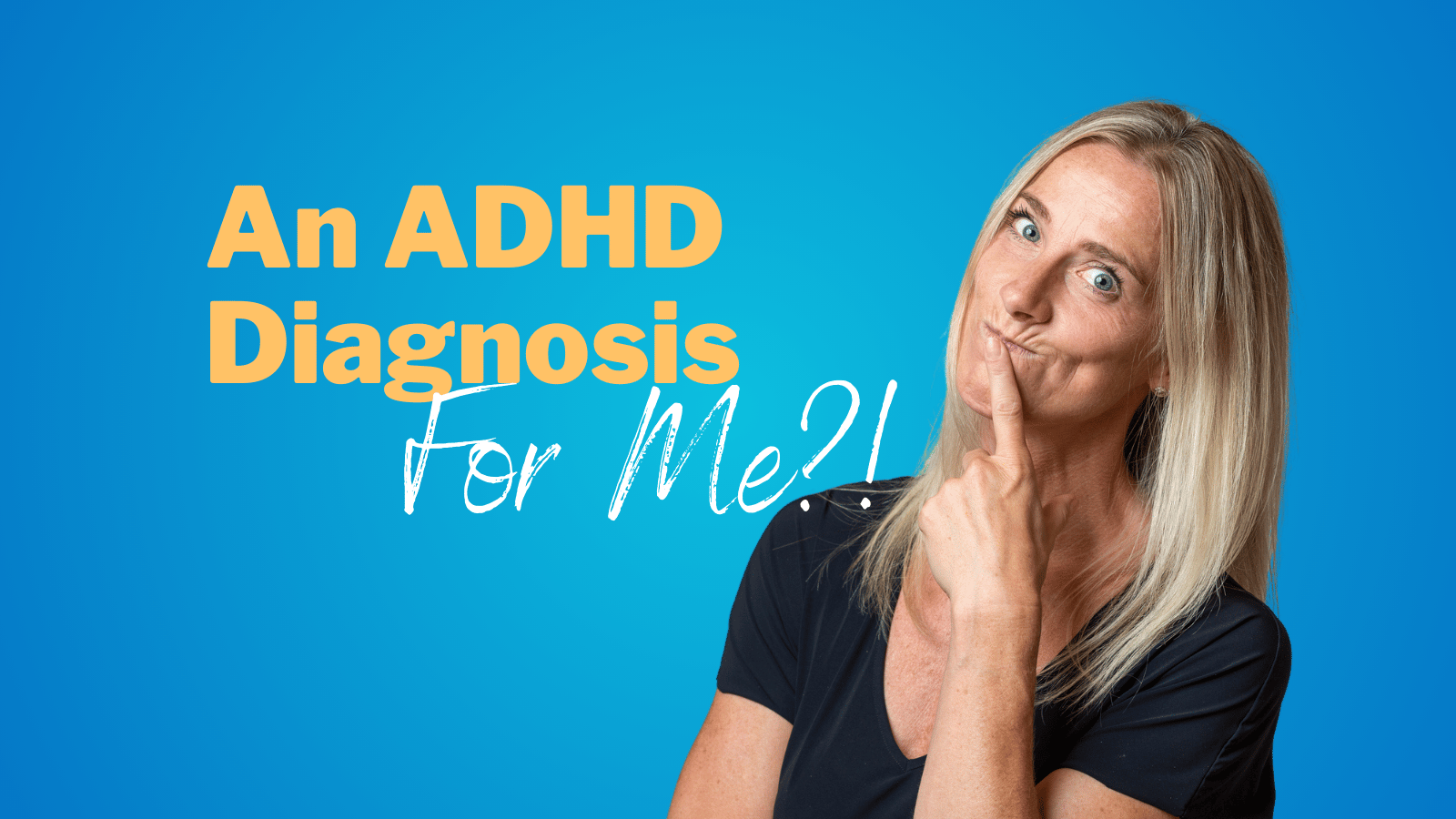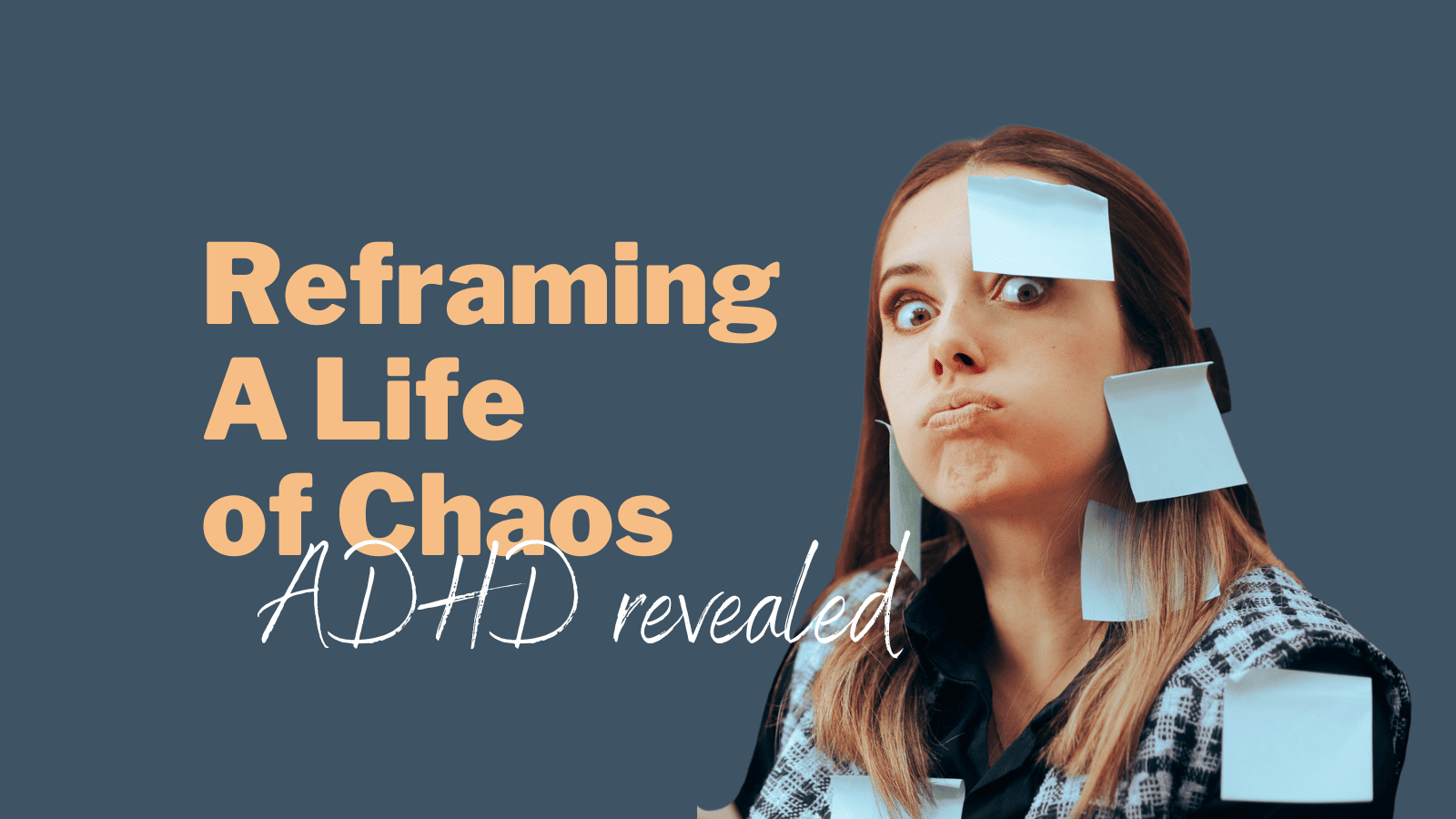Rewiring the Brain for Reading
Human brains are wired for language, making language development a natural process that typically occurs as children are spoken to. Reading is not the same. Although language provides an important foundation for reading, more is needed for children to learn to read because reading is not a natural process. Most students require direct instruction to acquire reading proficiency. Early reading instruction is important because it provides a gateway to later academic achievement and eventually to employment opportunities. It also provides a path to explore worlds we could never travel to through historical and fictional reading. Additionally, reading, especially stories, helps students to develop empathy and perspective taking as they step inside characters in a story to understand what they are thinking and feeling. Developing empathy and perspective-taking skills are important in developing healthy relationships and engaging civilly with others who have different beliefs and perspectives.
The Big 5
The main components of reading are called the Big Five: phonemic awareness (hearing that words are made up of sounds), decoding (connecting sounds with letters), fluency (reading accurately and quickly), vocabulary (knowing what words mean), and comprehension (reading for understanding).
Teachers play a pivotal role in helping children break the code of reading, helping them to repurpose areas of the brain generally used for language or visual processing to decode the squiggly lines on a page into letters and words. Being exposed to good books and opportunities to respond to stories is an important foundation to reading, but for most students, it is not enough to break the code of written language. In order to learn how to break the code, students need to be given the equivalent of a decoder ring through direct explicit instruction. Teachers who understand the Big Five are better able to provide students with the supports they need to learn how to read and choose more effective interventions for students who have difficulty because they understand how the decoder ring works and can teach students how to use it.
Teachers on Their Own
Unfortunately, teachers are often put in a difficult situation because they frequently do not receive adequate training in reading development and how to teach reading. For example, only 40% of professionals working in schools and universities internationally think that teacher preparation programs provide teachers with the training they need to teach reading. Consequently, teachers often rely on professional development and other teachers to gain these skills, and if those teachers do not know the Big Five, they will not be able to support other teachers in gaining those skills.
This is particularly problematic because some students become casualties of the curriculum, meaning that they demonstrate reading deficiencies caused by a lack of explicit, direct instruction in reading rather than due to biological differences. In addition, some students have learning disabilities in reading that make the process of learning to read even more challenging. This lack of teacher training likely contributes to high rates of poor literacy skills in Canada – about 42% of adults do not have the literacy skills they need to interpret texts or to follow multi-step written instructions.
Add To Your Toolbox
If you desire more support in understanding reading development and reading instruction, there are steps that you can take to deepen your understanding and improve your skill set. For example, Foothills Academy, in collaboration with the Learning Disabilities Association of Alberta (LDAA) offers an online course addressing reading readiness screening and using reading assessments to inform intervention. Additional resources are listed below.
Resources for Teachers
Big Five in Reading: http://reading.uoregon.edu/big_ideas/
Handouts from Timothy Shanahan on reading: https://www.shanahanonliteracy.com/publications
https://www.readingrockets.org/webcasts
https://iris.peabody.vanderbilt.edu/resources/iris-resource-locator/
Support for identifying evidence-based practices in reading: https://www.evidenceforessa.org/programs/reading/
https://ies.ed.gov/ncee/WWC/Search/Products?Topic=3
The Science of Reading resource page.
Resources for Parents
Big Five in Reading: http://reading.uoregon.edu/big_ideas/
https://theconversation.com/reading-struggles-dont-wait-to-advocate-for-your-child-130986
https://hechingerreport.org/what-parents-need-to-know-about-the-research-on-how-kids-learn-to-read/
References
Jamieson, D. G. (2006). Literacy in Canada. Paediatrics & Child Health, 11(9), 573-574. https://academic.oup.com/pch/article/11/9/573/2648307?login=false
International Literacy Association (2020). What’s hot in literacy: 2020 report. https://www.literacyworldwide.org/docs/default-source/resource-documents/whatshotreport_2020_final.pdf
McMahan, K. M., Oslund, E. L., & Odegard, T. N. (2019). Characterizing the knowledge of educators receiving training in systematic literacy instruction. Annals of Dyslexia, 68, 21-33. https://link.springer.com/article/10.1007/s11881-018-00174-2
Vesay, J. P., & Gishlar, K. I. (2013). The big 5: Teacher knowledge and skill acquisition in early literacy. Reading Horizons, 52(3), 281-303.
Wolf, M. (2018). Reader, come home: The reading brain in the digital world. Harper Collins.
About the Author
Dr. Gabrielle Wilcox is an Associate Professor at the School and Applied Child Psychology in the Werklund School of Education at the University of Calgary. She is also an active researcher at the Alberta Children’s Hospital Research Institute (ACHRI), the Mathison Centre for Mental Health Research & Education and the Hotchkiss Brain Institute (HBI).








